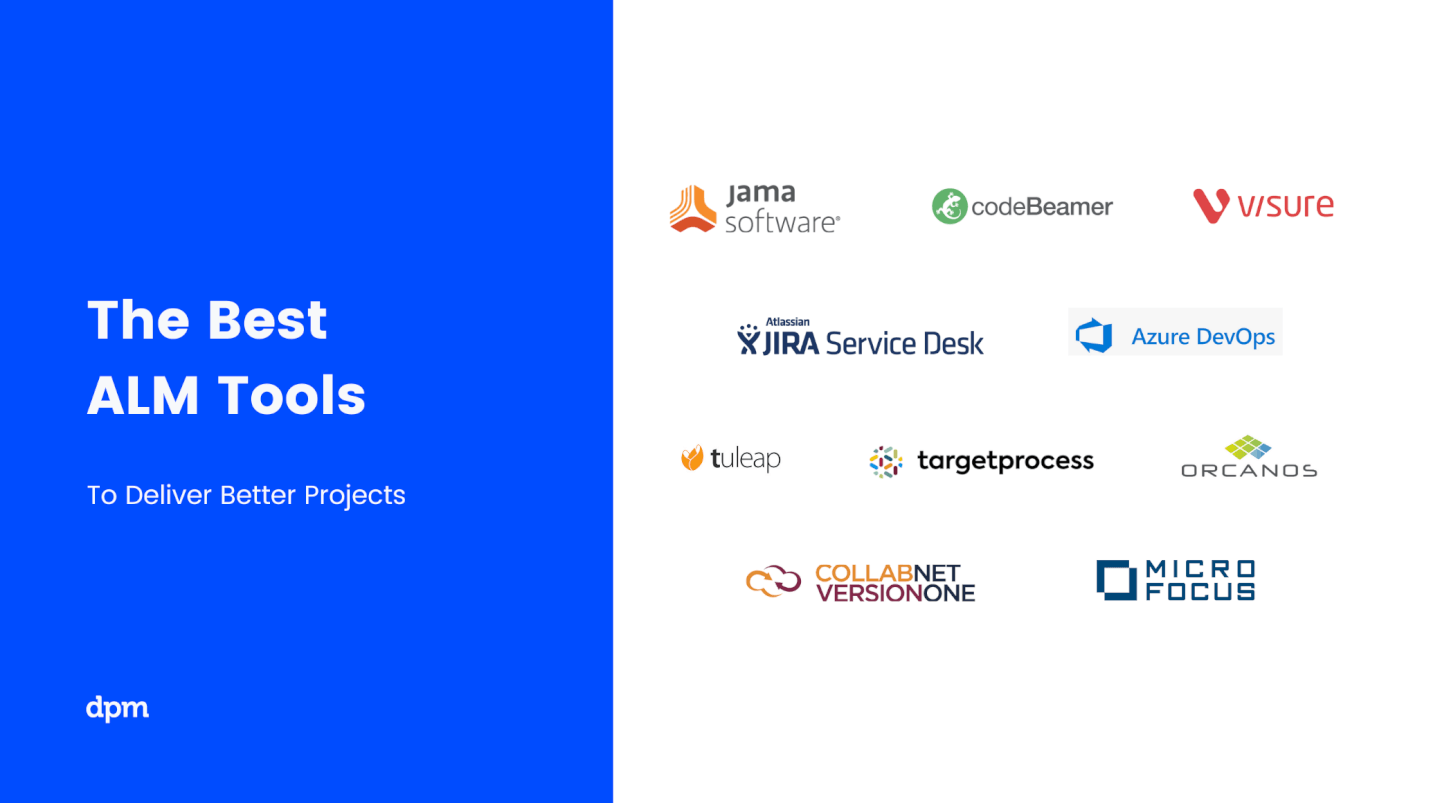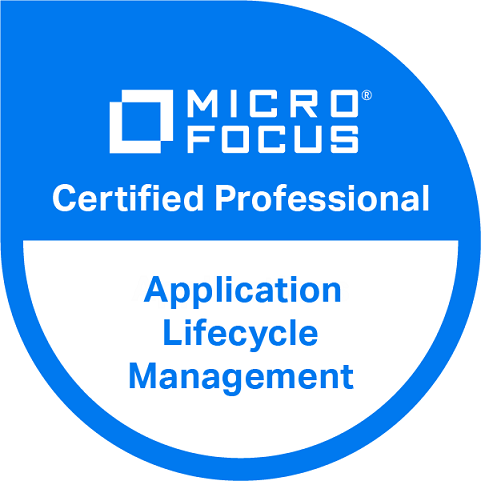


To be successful, teams must streamline processes, such as Lean or Agile, while pushing process automation through DevOps, DevTest Ops, and similar ideologies.
Micro focus application lifecycle management software#
Businesses need the ability to extract data quickly on software status to make value-based decisions. This now means teams have to deliver deployments at a higher quality as well. Software today must be flexible, more powerful, and show value dramatically faster to maintain a high adoption rate. They demand more from their products and expect those products to perform well with other software systems. Because of that customers are coming to the buying and sustaining process with more knowledge and asks. Customers are now far more educated on software testing platforms than they were just a couple of years ago. Globalisation has driven the cost of both software and its services down. None of Micro Focus’ product pages, documentation, or release notes discusses product vision regarding current industry technologies or practices. This makes it challenging for businesses to determine which products will continue to support their needs. However, Micro Focus has not been completely transparent about future plans with its products. Micro Focus has a sizeable amount of products offered, and many of them are deeply entrenched in large companies who depend on those products to stay current and relevant with other software updates. If an organisation invests vast amounts of time and money in a toolset, they should have insights into the vendor’s plans for the future in regard to the products. It can also delay products of new services and products. While this can improve cost savings, it can also cause loss of domain knowledge and overall expertise. Those functions are then transferred to Micro Focus’ centralised, highly efficient departments. The business model of Micro Focus acquisitions traditionally cuts functions like sales, marketing, support, and other operations. While it’s not a complete integration, HPE offers documentation and support to their Agile Manager elements of ALM to align their tools with their processes. They turn to ALM to fit in and support process like SAFe. Organisations and businesses have typically used Scaled Agile Framework (SAFe) to manage their delivery across portfolios. HPE has a legacy of continually integrating environments both for ALM and QC/UFT. While both ALM and UFT historically have provided process support, ALM continues to add support for newer versions of AngularJS between ALM versions 12.01 and 12.53. The consistent updates on this technology - while slow - have allowed businesses access to ongoing feature improvements, and as a result process support becomes critical. ALM allows those businesses to internally customise software delivery processes around its feature set and offers integration into environments, tool chains, and delivery pipelines. Since ALM’s release in 2013, and eleven additional minor releases since, countless businesses in a wide array of industries have adopted and implemented ALM as a platform for management of software.


 0 kommentar(er)
0 kommentar(er)
